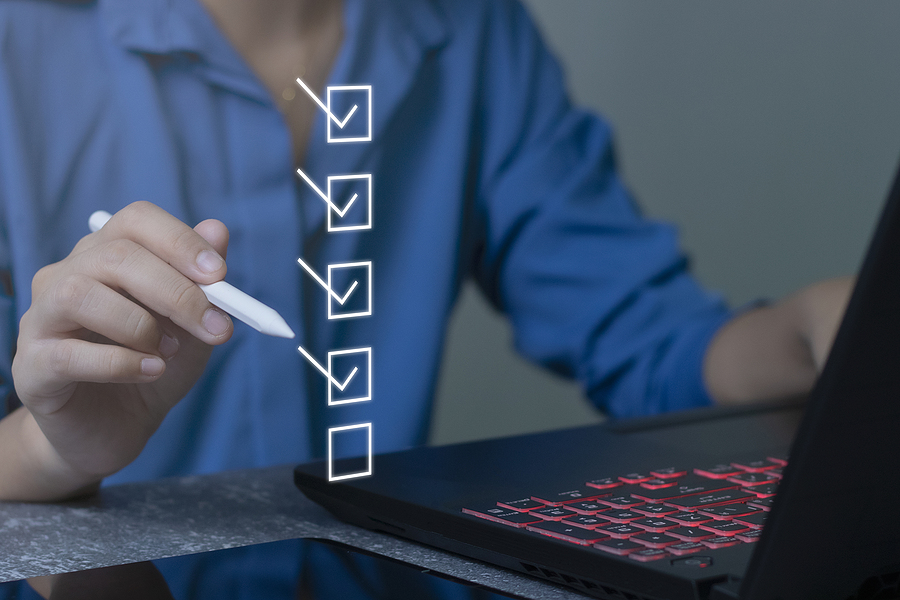It may not seem like it, but December is almost here! It’s time to start planning for year-end processes. We’d like to give you a very high-level checklist of tasks that you’ll likely need to complete if you’re using an ERP for accounting software. While this list may not be comprehensive, it’s a great place to start the conversation.
10 Steps for Your Year-End
- Plan your year-end strategy: Holiday schedules, PTO, and vacation will hit before you know it. Develop a year-end strategy with your accounting team as early as possible so you’re prepared. Consider who will gather what information, when certain tasks will be complete, and so on.
- Reconcile balances: Reconcile invoices, bank statements, credit card accounts, and any other balance information to ensure that your end of year tally is accurate. If you don’t have all the final information yet, you may need to repeat this step after receiving December statements. Don’t forget to reconcile payroll to the general ledger.
- Check physical inventory: Conduct a physical inventory and check the numbers against your ERP. Make sure to include returns and backstock in your calculations.
- Review data retention settings: Depending on your ERP, your software may already automatically record and store historical data. Be sure that your data retention settings reflect your company’s data retention policy. This record is especially important with the general ledger.
- Print important documents for backup: While one benefit of an ERP is greatly reduced paper use across your company, sometimes you need physical documents. Software isn’t infallible, so a (secured!) paper backup can provide peace of mind. Some statements to consider printing might be a detailed final balance report, balance sheets, a profit and loss statement, a statement of cash flows, and a statement of retained earnings.
- Review your chart of accounts: It’s time to review the categories in your chart of accounts and decide if you’ll keep them the same for the coming year or make changes. Be sure to open this discussion to your accounting and finance teams.
- Update software and security measures: Now, you should review your software. While cloud-based ERPs may update on their own, you should always confirm your ERP is up to date. Check in on your other software systems as well—everything from your CRM to your word processing software. In addition, take a look at your security measures. Are your policies up to date? Are your security systems and software updated? Have your employees been trained recently in how to resist phishing and other scam attempts?
- Back up your data: We can’t say this enough—back up your data! If you think you’ve got plenty of backups, make one more just for fun. Use a fresh backup drive and be sure to label it and store it in a clear and organized way.
- Set up the new year: It’s a good idea to set up the new year before you close out the old year. Make sure any changes you decided on are implemented so you won’t have to scramble to make changes in January.
- Close out the old year: Make another backup (yes, another one) and close out the old year. Then, celebrate with your team!
Something Missing?
Year-end is a great time to reevaluate your business software. If you find that you’re missing the right tools to get your year-end processes done, we’re here to help. ASI provides great business software to help your company achieve new heights of profitability and efficiency. We can provide everything from an ERP to a CRM to document management systems—and we can implement and integrate these software solutions into your existing systems. If you want to learn more about how we can help your company achieve its goals, contact us or schedule a free consultation today.

